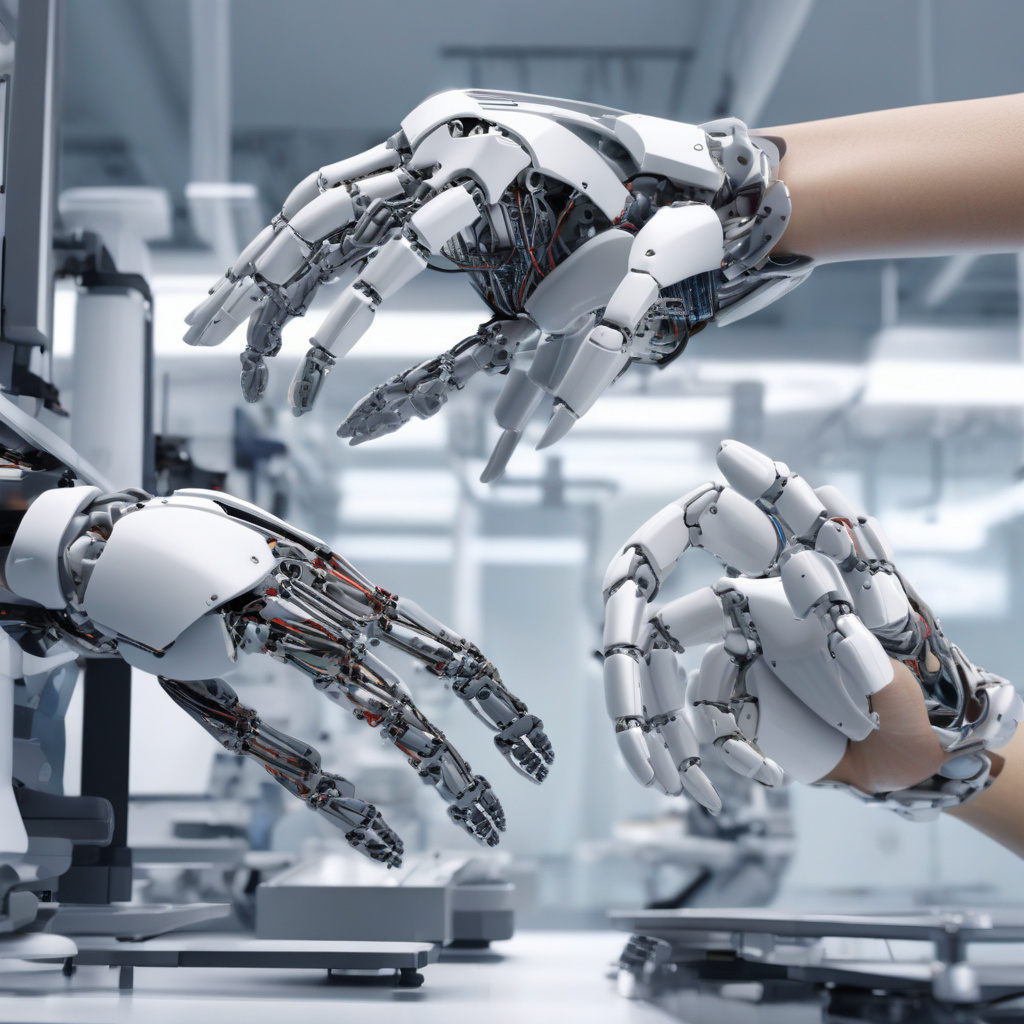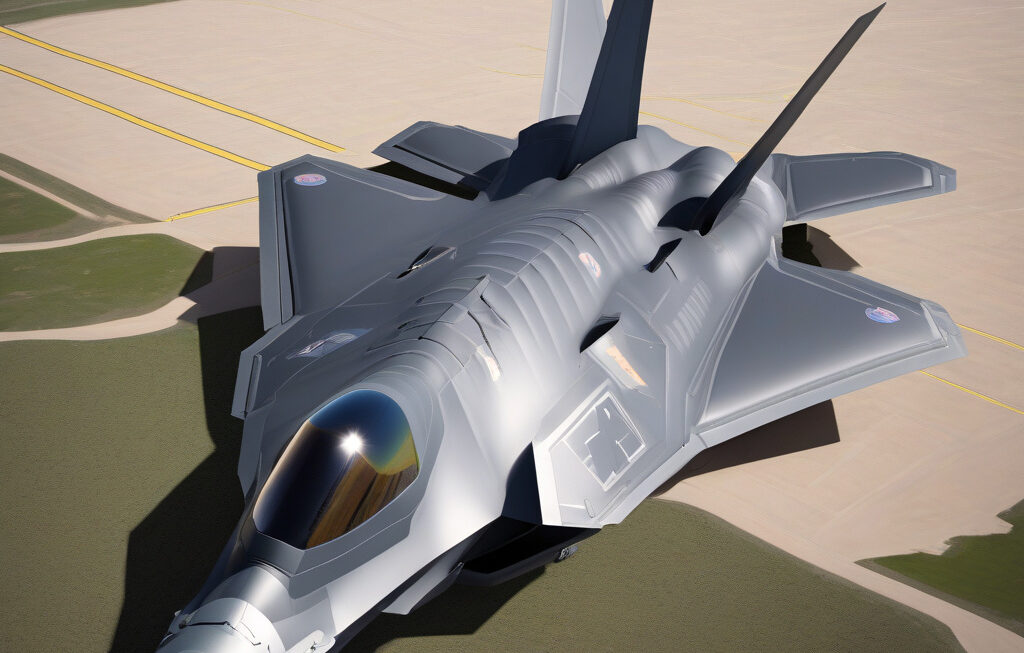Robotic Hands Sensed as Part of Human Body When Performing Tasks Together: Study
Researchers from the Italian Institute of Technology and Brown University in the US have found groundbreaking evidence that robotic hands can be perceived as part of the human body when collaborating on tasks. This discovery opens up a realm of possibilities for the future of human-robot interactions and paves the way for enhanced cooperation between man and machine.
The study, published in the prestigious journal Science Robotics, delves into the phenomenon known as “embodiment,” where individuals perceive artificial limbs as an extension of their own bodies. By examining how the brain processes sensory information during collaborative tasks, the researchers were able to demonstrate that participants felt a sense of ownership and agency over robotic hands when working together towards a common goal.
One of the key findings of the study was that the brain integrates signals from both human and robotic hands, leading to a seamless fusion of actions and intentions. This integration is crucial for tasks that require precise coordination and synchronization, such as assembling complex objects or performing delicate surgical procedures.
Moreover, the researchers observed that the sense of embodiment increased as the participants spent more time interacting with the robotic hands. This suggests that with prolonged exposure and practice, individuals can develop a stronger connection with robotic devices, leading to more natural and intuitive interactions.
The implications of this study are far-reaching, with potential applications in various fields such as healthcare, manufacturing, and assistive technologies. For instance, in the field of prosthetics, individuals with artificial limbs could benefit from enhanced motor control and sensory feedback, ultimately improving their quality of life.
In the manufacturing industry, collaborative robots, or cobots, could work alongside human operators with greater efficiency and safety. By fostering a sense of embodiment between human workers and robotic systems, companies can streamline production processes and increase overall productivity.
Furthermore, in the realm of assistive technologies, such as exoskeletons for rehabilitation or support, the concept of embodiment could revolutionize how users interact with these devices. By blurring the lines between the human body and robotic technology, individuals can regain mobility and independence in a more natural and intuitive manner.
As technology continues to advance at a rapid pace, the fusion of human and robot capabilities is ever-evolving. Studies like the one conducted by the Italian Institute of Technology and Brown University shed light on the intricate relationship between humans and machines, highlighting the potential for future innovations in human-robot collaboration.
In conclusion, the study’s findings offer a glimpse into a future where robotic hands are seamlessly integrated into the human body, transforming the way we perceive and interact with technology. By understanding and harnessing the concept of embodiment, researchers are pushing the boundaries of possibility and redefining the relationship between man and machine.
#Robotics, #HumanMachineInteraction, #Innovation, #Technology, #ResearchAndDevelopment












